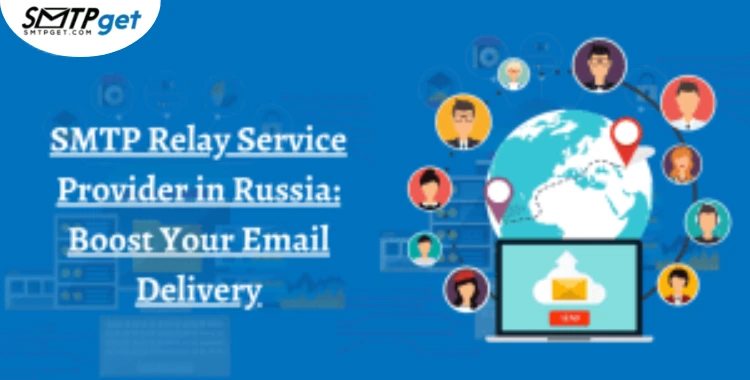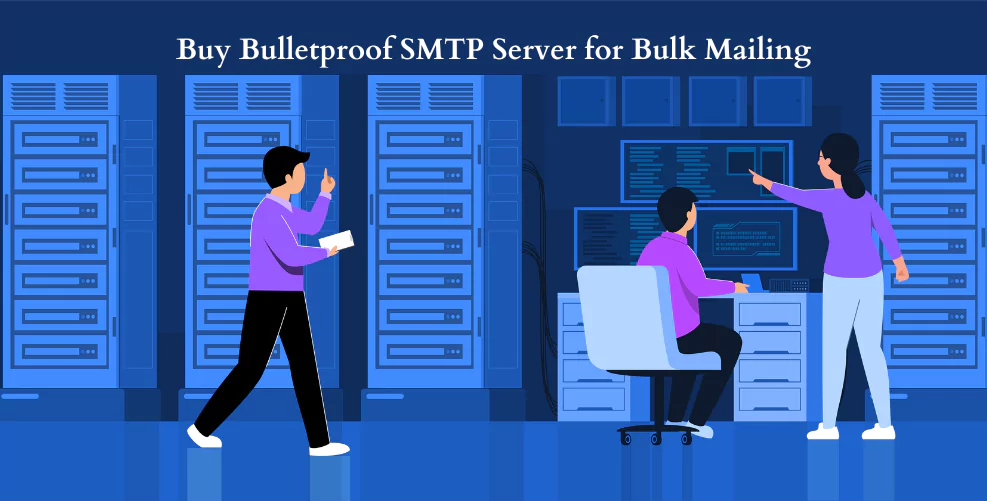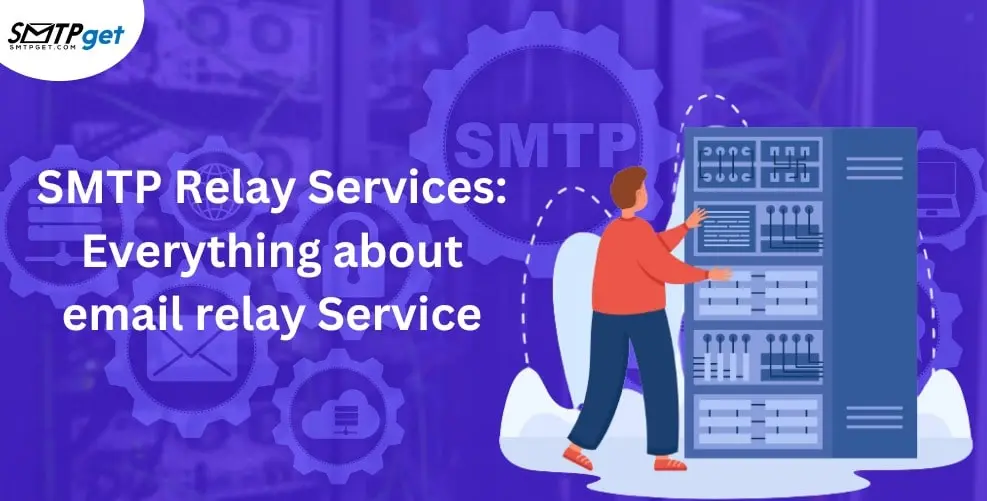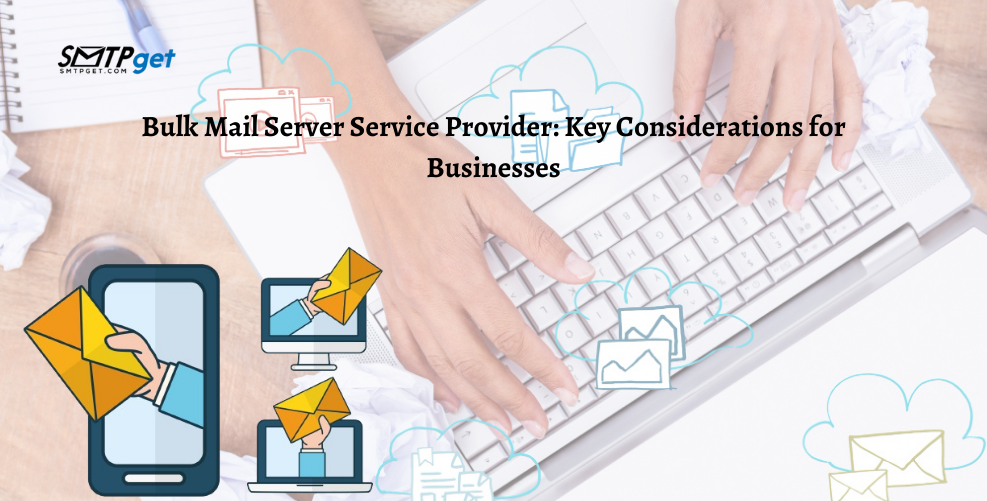Email has been a go-to tool for marketers for years, and it remains one of the most effective ways to reach customers. But with so many emails landing in inboxes every day, it’s easy for your message to get lost—or worse, end up in the spam folder. This is where email deliverability plays an important role.
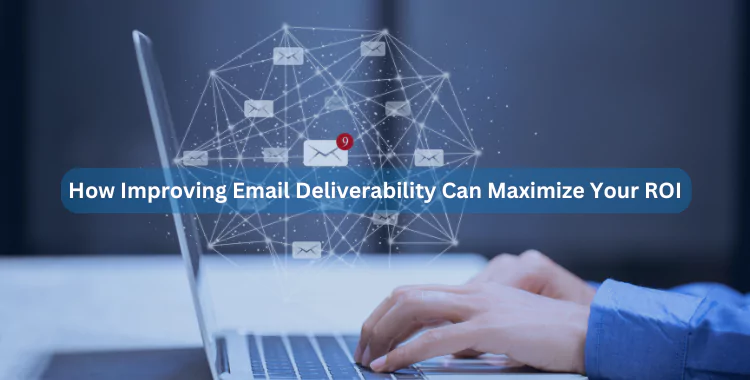
If your emails don’t reach the inbox, your chances of getting a good return on investment (ROI) drop dramatically. Improving email deliverability isn’t just about avoiding spam filters; it’s about maximizing the impact of every email you send. In this blog, we’ll explore how boosting deliverability can help you connect better with your audience, build trust, and, ultimately, see higher returns from your email campaigns.
What is Email Deliverability?
Email deliverability is the ability of your emails to reach your subscribers’ inboxes instead of landing in spam or junk folders. When you send bulk emails, you want them to end up in the main inbox where your audience can see them, read them, and take action. However, various factors influence whether an email makes it to the inbox.
One key factor is sender reputation, which is how bulk email providers view your emails based on your past sending behavior. If you send relevant content and follow good practices, your reputation improves, making your emails more likely to reach the inbox. On the other hand, sending too many emails or getting marked as spam can harm your reputation.
Email content and list quality also impact deliverability. Clean, organized lists with active subscribers help ensure more of your emails reach their intended recipients. Using clear subject lines and avoiding spammy language also boosts deliverability.
Why Email Deliverability Matters for ROI
Improving email deliverability is important for a good return on investment (ROI) because it ensures your emails reach your customers’ inboxes, not their spam folders. When emails go directly to inboxes, they have a much higher chance of being opened, read, and acted upon. This means more engagement, sales, and a stronger ROI for your email campaigns.
Deliverability depends on factors like the quality of your email list, content relevance, and sender reputation. Your deliverability rate drops if your emails consistently reach the wrong audience or are flagged as spam. A poor deliverability rate means fewer customers see your messages, reducing the effectiveness of your campaigns and hurting your ROI.
Improving email deliverability isn’t just about sending more emails—it’s about sending the right messages to the right people. By following best practices like cleaning your email list regularly, using clear and honest subject lines, and engaging your audience with valuable content, you boost your chances of landing in inboxes. This approach enhances customer trust and increases the likelihood of conversions. Ultimately, focusing on deliverability helps ensure that every email adds value, leading to a better ROI from your bulk email marketing efforts.
How does email deliverability impact ROI?
Email deliverability directly affects your return on investment (ROI) by influencing how many of your emails reach the inbox. Here’s how better email deliverability can boost your ROI:
More Visibility, More Opportunities
When emails land in your customers’ inboxes instead of spam, more people see them. This visibility increases the chances of engagement, leading to higher conversions and a better ROI.
Higher Engagement Rates
Emails that reach the inbox are more likely to be opened, read, and clicked on. This means that with good deliverability, you get more people interested in your message, which can lead to more sales.
Better Brand Reputation
Consistent, high-quality deliverability helps build trust with customers. When your emails regularly reach them without ending up in spam, they view your brand as reliable, which can lead to long-term loyalty and repeat purchases.
Reduced Wasted Spend
Poor deliverability means wasted money on emails that don’t reach their destination. Improving deliverability ensures your marketing budget is spent effectively, helping your ROI.
How Spam Traps, Blocklisting, and Other Issues Hurt Your Email Reputation
When it comes to email reputation, spam traps, blocklisting, and other negative factors can harm your email deliverability and reputation. Spam traps, for instance, are hidden addresses created to catch spammers or identify careless email practices. Sending to a spam trap often happens when using low-quality email lists or outdated addresses, which can quickly damage your reputation.
Blocklists are another major concern. If your emails appear on a blocklist, SMTP service providers and bulk email service providers may block your emails from reaching inboxes. Landing on a blocklist can happen due to frequent spam complaints, high bounce rates, or sending to inactive email addresses. These factors tell email providers that your content might not be wanted by recipients.
Other issues, like high unsubscribe rates or sending to inactive users, signal poor list management. These elements reduce engagement and make your emails look like spam, even if they aren’t. To protect your email reputation, focus on list quality, clean your lists regularly, and prioritize audience engagement. This approach can help you avoid spam traps, and blocklists, and keep your email reputation strong.
The Impact of Low-Quality Email Lists on Engagement and Deliverability
Using a low-quality email list can seriously harm your engagement rates and deliverability. When you send emails to outdated or irrelevant addresses, many emails bounce back, or worse, land in spam folders. This weakens your sender’s reputation, which bulk email providers monitor closely. If too many of your emails go undelivered or get marked as spam, Bulk server providers might even start blocking your emails entirely, affecting your ability to reach real, interested subscribers.
Low-quality lists often include people who haven’t shown interest in your content or products. This means fewer opens, clicks, and conversions. With fewer people engaging, your email performance metrics drop, making it harder to understand what content your audience actually values. Plus, it wastes time and resources on unproductive outreach.
A better approach is to focus on building a high-quality, permission-based list with people who genuinely want to hear from you. This improves engagement, helps maintain a positive sender reputation, and boosts your overall deliverability. High-quality lists keep your email campaigns relevant and ensure that your messages reach the right audience, leading to stronger, more sustainable growth.
Why Email Authentication Matters for Better Email Deliverability
If you want your emails to land in inboxes and not in spam folders, setting up email authentication is essential. Email authentication proves trust for internet service providers (ISPs) by confirming that you are a legitimate sender. Without it, your emails may be blocked or filtered out as spam, and your domain could be vulnerable to impersonation, harming your sender’s reputation.
Email authentication uses verification methods to ensure emails genuinely come from your domain. There are three main types to know for strong deliverability:
SPF (Sender Policy Framework):
SPF verifies that only approved servers can send emails on behalf of your domain. This reduces the risk of fake emails being sent from your brand.
DKIM (DomainKeys Identified Mail):
DKIM authentication adds a digital signature to your emails, proving they haven’t been tampered with. This helps protect your brand from being copied or impersonated.
DMARC (Domain-based Message Authentication, Reporting & Conformance):
DMARC builds on SPF and DKIM by specifying actions ISPs should take if an email fails authentication, such as rejecting it or marking it as spam.
Emails sent without these protocols can appear suspicious and are more likely to be flagged by spam filters. Implementing email authentication is one of the first steps to take if you’re launching a new email program or using a new domain. It’s a crucial step to safeguard your brand and ensure your messages reach your audience.
How to Test Your Email Deliverability Rate
Testing the email deliverability rate is a smart step to ensure your emails reach the inbox and avoid the spam folder. Here’s how you test email deliverability:
- Use an Email Testing Tool: Several tools, like Mailtester and GlockApps, can help test deliverability. These tools analyze if your email might end up in the inbox, promotions tab, or spam folder, giving you a clear picture of how your email performs.
- Send to Test Email Accounts: Create accounts on major email providers like Gmail, Yahoo, and Outlook. Send your email to these accounts and see where they land. This helps you understand how different platforms handle your emails.
- Check Your Sender Reputation: Use tools like SenderScore to check your reputation. A high sender score means email providers are more likely to trust you, improving deliverability.
- Analyze Bounce Rates: Review your email analytics to check if emails are bouncing. A high bounce rate can harm your deliverability. Cleaning your email list to remove invalid addresses helps reduce bounces.
- Monitor Spam Complaints: Keep an eye on any spam complaints you receive. Too many complaints signal to email providers that your emails may not be wanted, which affects deliverability.
How SMTPget improves email deliverability
The main concern is how to improve email deliverability. Email deliverability is the ability of your emails to reach the inbox instead of getting lost in the spam folder. SMTPget offers several features that ensure your emails are delivered effectively. One of the key features is its strong server infrastructure. SMTPget uses dedicated SMTP Servers, which means your emails are less likely to be flagged as spam. By using a dedicated IP, your reputation is better protected, and your emails have a higher chance of reaching the inbox.
Another important feature is the use of advanced email authentication methods like SPF, DKIM, and DMARC. These help verify that the emails you send are legitimate and not from malicious sources. This increases trust with email providers like Gmail, Yahoo, and Outlook, improving your deliverability. SMTPget also offers real-time monitoring and detailed analytics. With these tools, you can track your email performance, including delivery rates, bounce rates, and open rates. This data helps you understand what’s working and what needs improvement.
Lastly, SMTPget ensures high deliverability by maintaining strict compliance with email-sending best practices. This includes sending emails at optimal times, avoiding spammy content, and maintaining clean email lists to prevent high bounce rates. In short, SMTPget’s combination of reliable infrastructure, strong authentication, and detailed tracking tools makes it an excellent choice for improving email deliverability and helping businesses achieve better results from their email campaigns.
